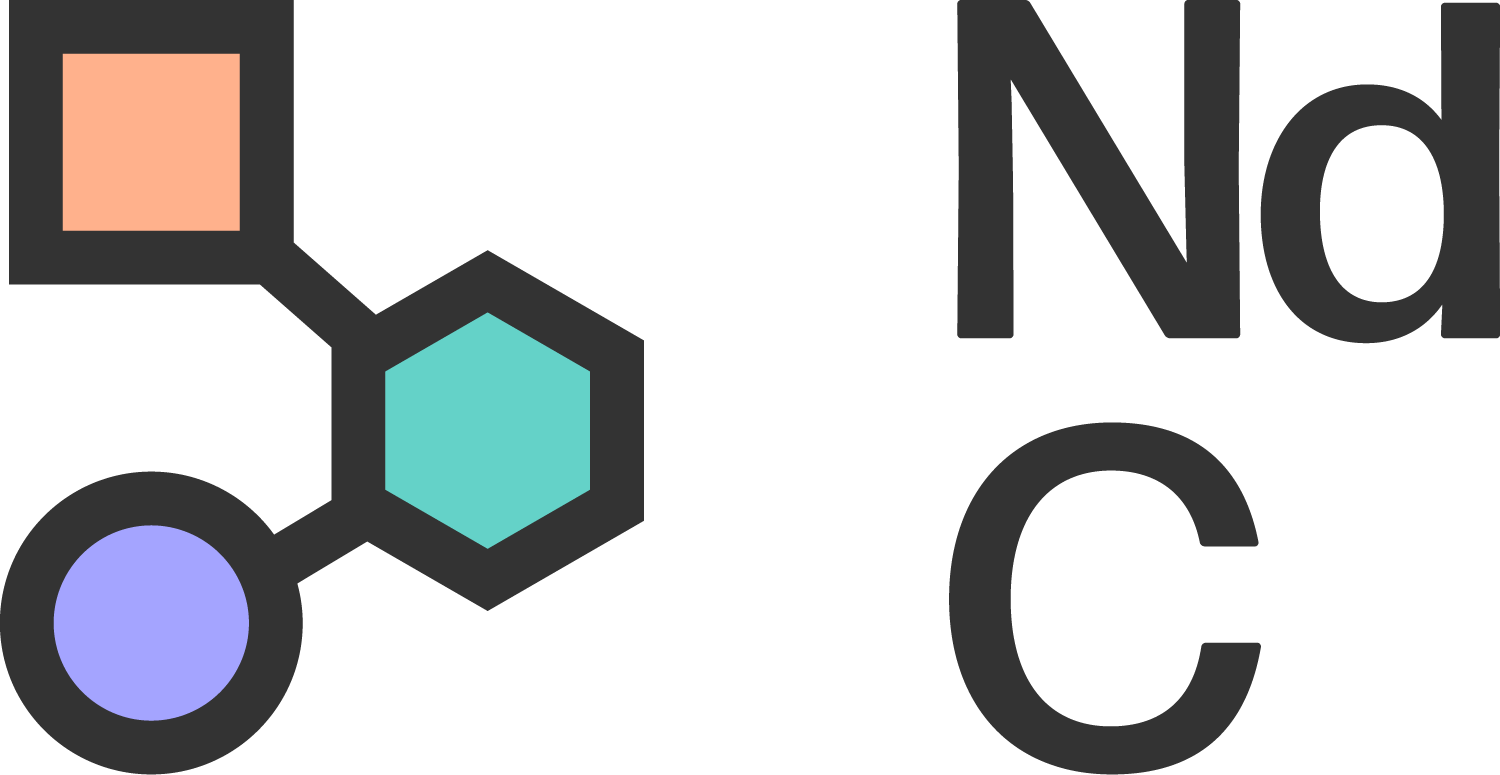Contents
Introduction
What is self-identification?
Why do people use self-identification?
FAQs
Conclusion
Introduction
The concept of Neurodivergence is becoming more widely accepted outside of the Neurodivergent community. With this awareness there are more people using Neurodivergent labels; and for those Neurodivergences that can be diagnosed in a medical context, obtaining diagnoses. This can be seen in many areas of everyday life, such as workplaces addressing the topic of Neurodivergence and adapting to the higher levels of Neurodivergent workers (Berwick, 2023).
However, one aspect of Neurodivergent identity has caused heated debate. The topic is contentious both in the clinical field (such as with doctors and other medical professionals) and within the Neurodivergent community itself. This topic is self-identification as Neurodivergent.
With the debates around self-identification being heated, it can become a very confusing topic. This is especially true if you are newly aware of your own Neurodivergence, looking for help or trying to research if your experience comes under one of the Neurodivergences that has a clinical diagnosis attached.
This guide explains what self-identification is and why people might prefer to self-identify. There are also some common questions about self-identification.
What is self-identification?
The first step when examining self-identification is to define what self-identification means. In the case of this guide, Neurodivergent self-identification is:
A person who relates to and sees in themselves traits that are associated with a Neurodivergent existence and identity; and assigns this identity to themselves as a way of understanding and navigating their lived experience.
Throughout this guide you may notice the term “Neurodivergence that has a clinical diagnosis” is used. This builds on the work of an academic called Jonathan Green. His work (Green, 2022; Green, 2023) on Autism addresses the fact that whilst Neurodivergence can be disabling and difficult for people, it does not always meet the criteria set out in the medical manuals (such as the DSM-5 TR (American Psychiatric Association, 2022)). In these cases he acknowledges that a person may be Neurodivergent but may not require or desire a medicalised support system for their Neurodivergence. As such someone may state that they are Autistic as they acknowledge Autistic traits and ways of being within their lived experience but they do not require a diagnosis for their own personal understanding or wellbeing. This is an example of self-identification of a Neurodivergence that has a clinical diagnosis.
Whilst many Neurodivergences have a clinical diagnosis – for example Autism, ADHD, Tourettes, Serious Mental Illness – many do not. Nick Walker, one of the creators of the Neurodivergent paradigm and the mother of NeuroQueer theory, details that Buddhist monks who have spent many years in hours of meditative states have altered the way in which their brains respond (Walker, 2021). She argues that under the Neurodivergent Paradigm, they are different from the typically favoured Neurotype within society and therefore are Neurodivergent. This then is another type of Neurodivergent self-identification, as (quite rightly) there is no clinical diagnosis for long term meditation brain alteration.
Whilst the topic is debated, this guide promotes the concept of self-identification and the broad church of Neurodivergence, outlined by Walker (Walker, 2021). She states that Neurodivergent identity is not to be policed by any one core group. Neurodivergence is not shorthand for Autism or even Autism and ADHD, but a broad encompassing acknowledgement of the infinite number of ways to exist in the world. As such self-identification is a necessary part of the Neurodivergent spectrum.
Why do people use self-identification?
-
Being from a non-white population can lead to difficulties getting a diagnosis and/or accessing support for a diagnosable Neurodivergence. Due to biases, assumptions and the historically white focused research into Neurodivergence, non-white experiences can be misdiagnosed, mistreated or ignored (for a discussion of intersectionality please see for example: Cho, Crenshaw & McCall, 2013). In the case of Autism there is a body of work building on the issues accessing diagnosis pathways and support as a Neurodivergent Black person. For example, a 2022 (Diemer, Gerstein & Regester, 2022) paper focused on Black Autistic women and girls in the United States found that, at the time of writing, not a single clinical paper had been written specifically focused on Black Autistic girls. Whilst Black Autistic girls appear in the literature their identity is often not the primary focus of the work. This gap in the literature has real world effects; academia informs policy, and policy informs the practice conducted by clinical professionals. Diemer, Gerstein and Regester (2022) found that Black women are diagnosed later in life and even after diagnosis are not offered the same level of care coordination as their white counterparts. As such getting a formal diagnosis as a non-white person can be difficult and often risks misdiagnosis (for example see this chapter related to obtaining an Autism diagnosis for Black children: Rockwell, Sterling & Mello, 2022).
-
Another core issue with accessing diagnosis is gender. As discussed above Black women and girls struggle for support, but across races women and girls are under-supported. Within Autism, diagnosis pathway constructs such as the questionable extreme male brain theory (Baron-Cohen, 2002) have promoted Autism as a male Neurodivergence. However, McDonnell et al. (2021) suggest that parents raise concerns as to their child’s development at the same time for boys and girls but that girls are often diagnosed years after the boys. This issue of gender barriers to diagnosis is not specific to Autism. ADHD, another well publicised Neurodivergence with a clinical diagnosis, also has issues with gendered diagnosis processes. Klefsjö, Kantzer, Gillberg and Billstedt (2021) reviewed 100 ADHD children with a 50:50 gender balance, stating that girls were more likely to be diagnosed later, spend time in psychiatric inpatient care, to be prescribed non-ADHD specific medication and to be labelled with emotional issues and disturbance. As such when women and girls seek diagnoses within the medical system they may face misdiagnosis and incorrect support for their Neurodivergence. In some cases this can lead to Neurodivergent women self-identifying rather than engaging with a male-centric medical system.
-
Even if a person does go for a diagnosis there are still barriers that may hinder access to support. A 2023 paper (Shaw et al., 2023) details that Autistic people have poorer health outcomes and often have issues accessing appropriate healthcare. Autistic people within this study talked about how they were concerned about not being believed and being dismissed by professionals. Whilst there are barriers to even asking for an Autism Assessment once someone does go for a referral there can be even more barriers. The NHS Autism Waiting Time Statistics (NHS Digital, 2023) states that, in June 2023, 83% of people (118 223) had been waiting for at least 13 weeks since they were referred for assessment. As such people may self-identify whilst waiting for formal confirmation.
-
The final reason that people may self-identify is a social reason. There are people within the Neurodivergent community who believe that by following the diagnosis procedure they continue to support the medicalisation of Neurodivergence. As such self-identification becomes not only a personal choice but a civil rights action for greater acknowledgement of the Neurodivergent spectrum.
Self-identification FAQs
-
The simple answer is no, it is not wrong to self-identify as Neurodivergent. There are barriers that can impact people’s ability to access the necessary medical support. Additionally, some Neurodivergences do not have a medical label. If you think you might be Neurodivergent, it is important to research the kind of Neurodivergence you might have. If you are having issues with some aspects of being Neurodivergent it may be beneficial to seek professional support.
-
Self-identification does not devalue a formal diagnosis. For many people a formal diagnosis can help them access support and self-understanding, however for some people the knowledge that they have Neurodivergent traits is enough. There are few additional benefits to self-identification beyond being able to know and understand oneself better, and to be able to explore ways to support oneself (such as addressing masking of sensory issues).
-
As a self-identified Neurodivergent person some support is accessible, however some support requires a formal diagnosis. An example of variable support access is support for Neurodivergence at university. Through disability support and wellbeing departments at university, you may be able to access assistance particularly with proceeding with a diagnosis, however funded support through the Disabled Student Allowance (Gov.uk, 2023) requires a medical diagnosis. Within the context of workplace support, if you self-identify as Neurodivergent and you think you may need reasonable adjustments or adaptations it may be helpful to discuss with your line manager or occupational health.
-
When writing this guide, I googled Neurodivergent self-identification information to see what support was available. The information online is complex, contradictory and is difficult to navigate, especially if you are new to the Neurodivergent community or questioning if you are Neurodivergent. It is important to check whether a website is reputable and if the website is Neurodiverse affirming. If in doubt double check the information that is being presented to you. A good place to start for Neurodiverse affirming research and support is the Neurodiverse Connection Blog and the Neurodiverse Connection Resources page.
-
As with many things on social media not everything you see on Instagram, Facebook or TikTok is accurate. This is also true for information about Neurodivergence, when using these sites for information it is vital to fact check, particularly if you are very new into your research.
Conclusion
Neurodivergent self-identification is a personal choice. Some people seek diagnosis regardless of the barriers that they may face, some choose to acknowledge their Neurodivergence without a medical intervention. Both are valid and, to echo the sentiment of Nick Walker (2021), both diagnosed and self-identified Neurodivergent people should be welcomed and supported as their authentic Neurodivergent selves.
If you would like to share your comment or suggest additions to this guide, we would love to hear from you. Please get in touch by using this form.
-
American Psychiatric Association. (2022). Diagnostic and statistical manual of mental disorders (5th ed., text rev.). https://doi.org/10.1176/appi.books.9780890425787
Baron-Cohen, S. (2002). The extreme male brain theory of autism. Trends in Cognitive Sciences, 6(6), 248–254. https:// doi.org/10.1016/S1364-6613(02)01904-6
Berwick, I., (2023). The rise of adult diagnoses of neurodiversity. Financial Times.
Cho, S., Crenshaw, K. W., & McCall, L. (2013). Toward a field of intersectionality studies: Theory, applications, and praxis. Signs: Journal of women in culture and society, 38(4), 785-810.
Diemer, M. C., Gerstein, E. D., & Regester, A. (2022). Autism presentation in female and Black populations: Examining the roles of identity, theory, and systemic inequalities. Autism, 26(8), 1931-1946.
Gov.uk (2023). Help if you’re a student with a learning difficulty, health problem or disability. Found at: https://www.gov.uk/disabled-students-allowance-dsa/eligibility
Green, J. (2022). Autism as emergent and transactional. Frontiers in Psychiatry, 13, 988755.
Green, J. (2023). Debate: Neurodiversity, autism and healthcare. Child and Adolescent Mental Health, 28(3), 438-442.
Klefsjö, U., Kantzer, A. K., Gillberg, C., & Billstedt, E. (2021). The road to diagnosis and treatment in girls and boys with ADHD–gender differences in the diagnostic process. Nordic journal of psychiatry, 75(4), 301-305.
McDonnell, C. G., et al. (2021). Sex differences in age of diagnosis and first concern among children with autism spectrum disorder. Journal of Clinical Child & Adolescent Psychology, 50(5), 645-655.
NHS Digital (2023). The NHS Autism Waiting Time Statistics.
Rockwell, D., Sterling, D., & Mello, M. (2022). Improving Accuracy of Assessment, Diagnosis, and Treatment Outcomes for Black Children With Autism Spectrum Disorder. In Rethinking Perception and Centering the Voices of Unique Individuals: Reframing Autism Inclusion in Praxis (pp. 179-197). IGI Global.
Shaw, S. C., Carravallah, L., Johnson, M., O’Sullivan, J., Chown, N., Neilson, S., & Doherty, M. (2023). Barriers to healthcare and a ‘triple empathy problem’may lead to adverse outcomes for autistic adults: A qualitative study. Autism, 13623613231205629.
Walker, N. (2021). Neuroqueer Heresies: Notes on the neurodiversity paradigm, Autistic empowerment, and postnormal possibilities. Autonomous Press.






